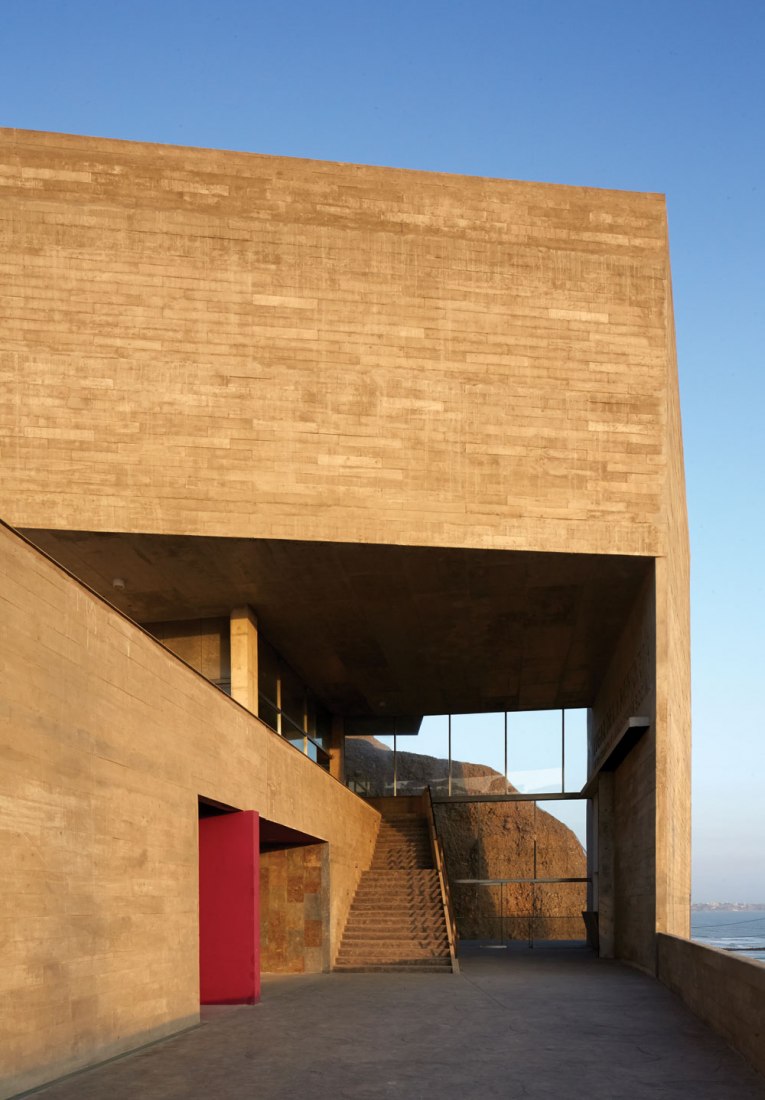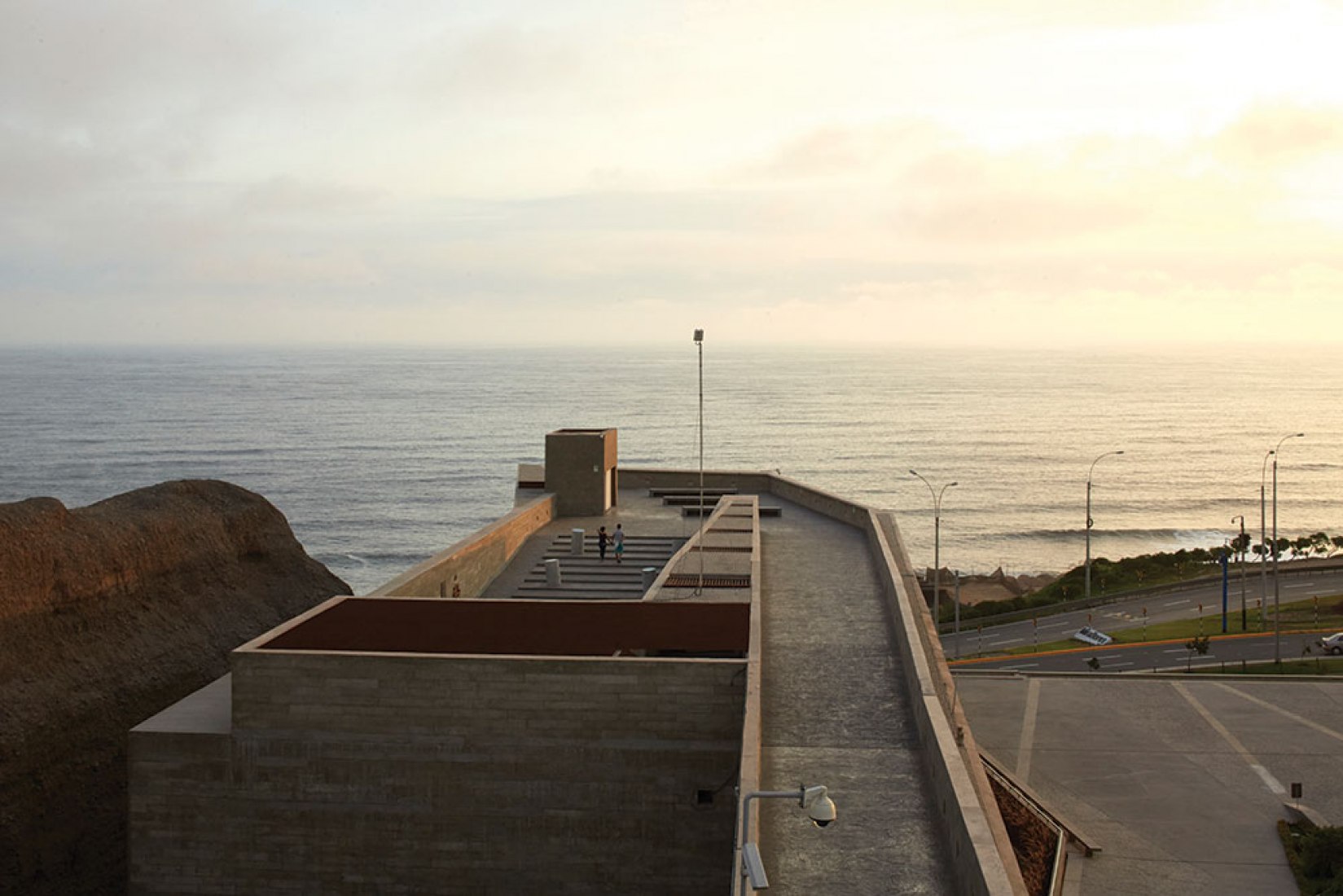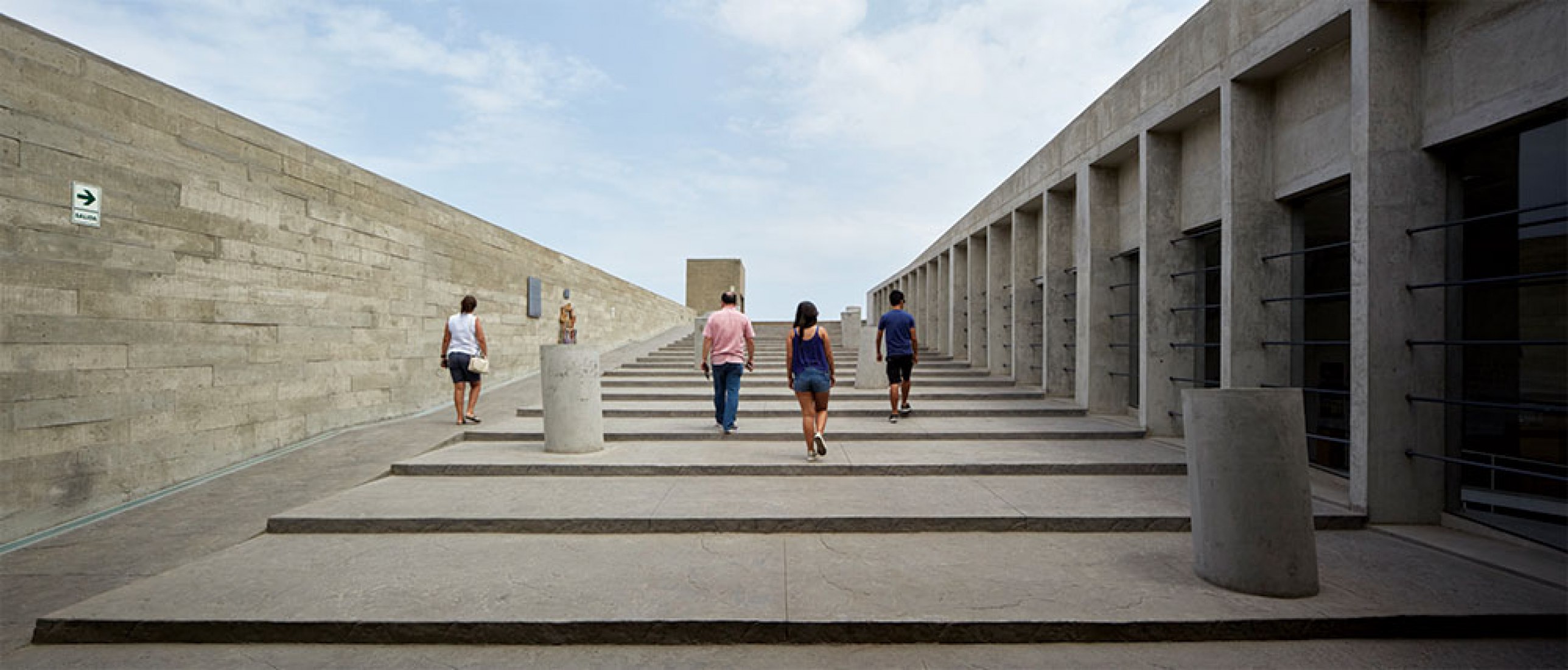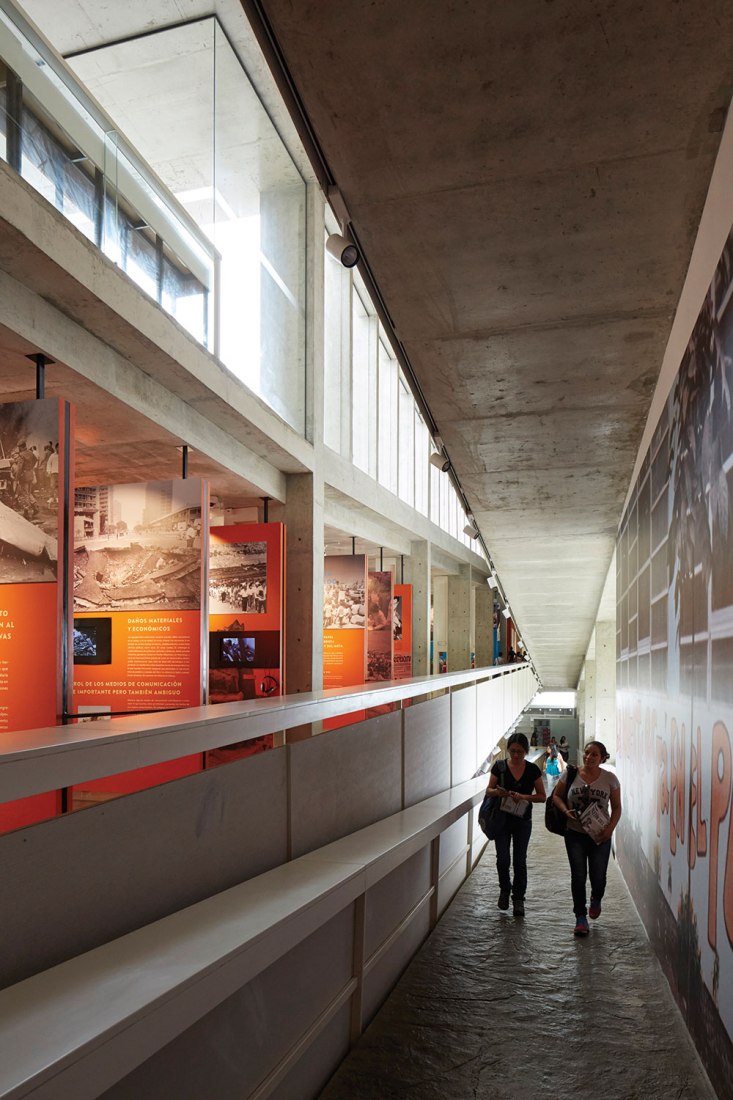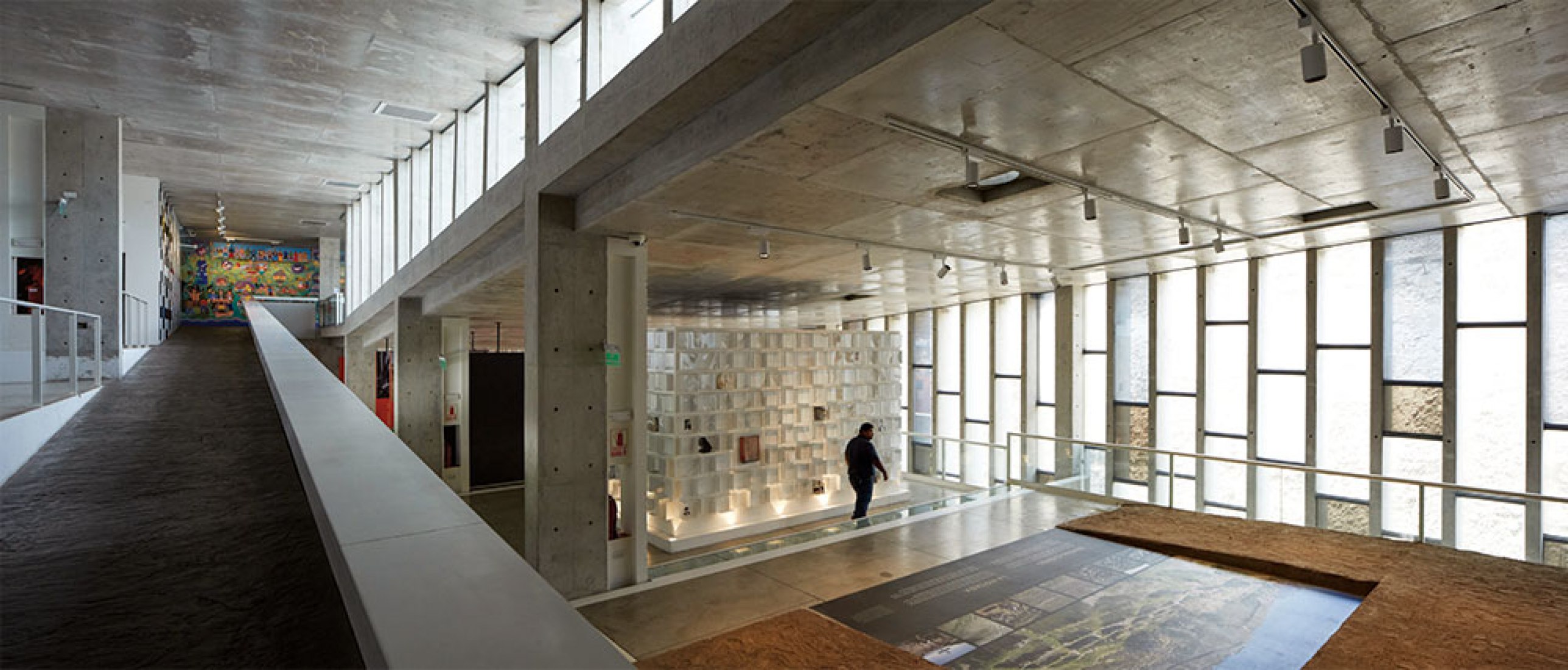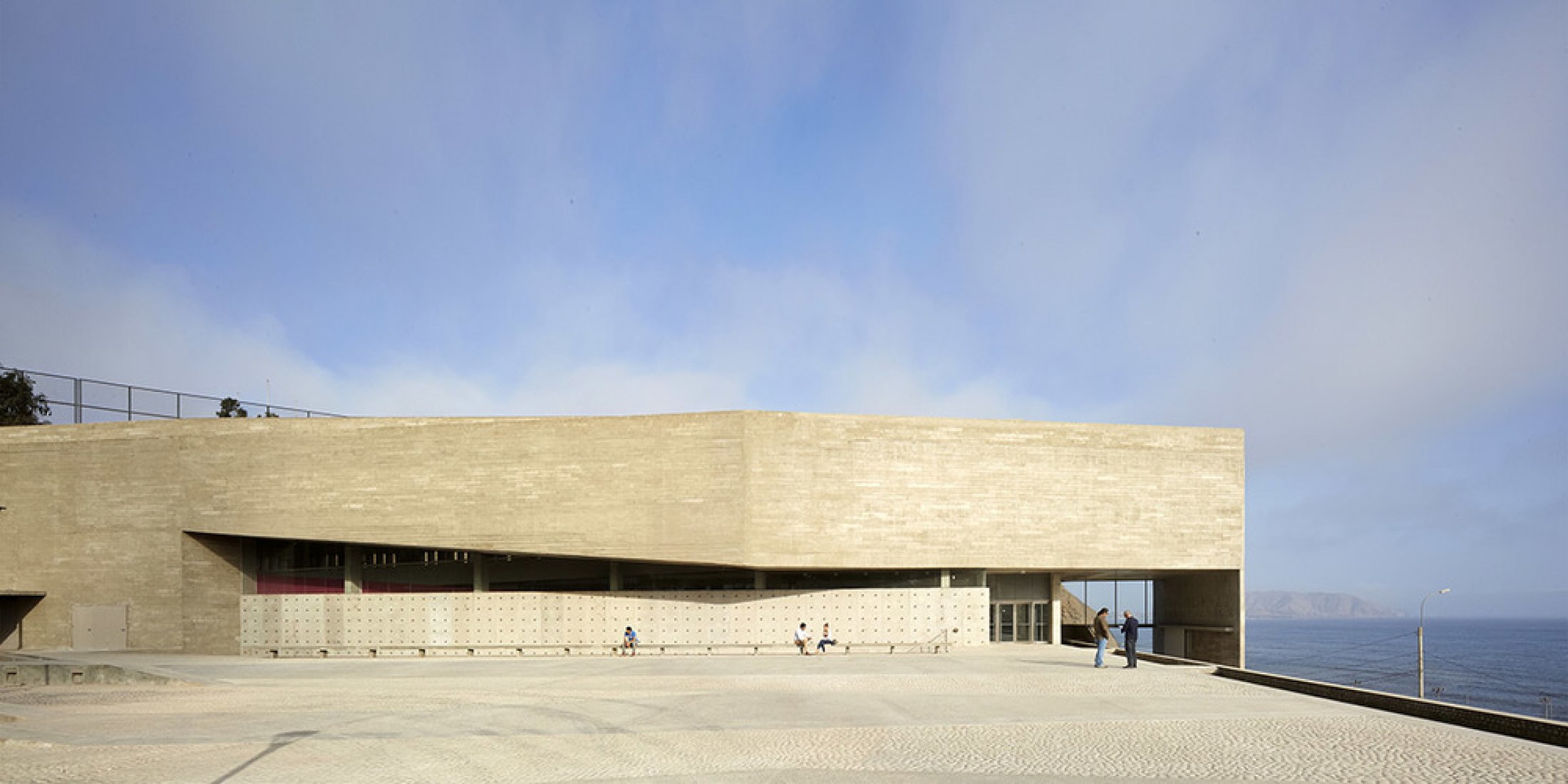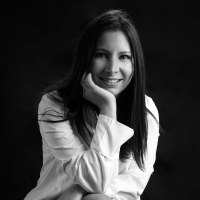Verónica Rosero (VR).- We believe that you are the ideal persons to interview on this occasion, due to the quality of your architecture, and your condition of being a couple of Latin American architects but with international impact. Last week in SAL XVII, the issue of identity was debated. After having worked in the European and Latin American context, what do you think about a supposed Latin American identity?
Jean Pierre Crousse (JPC).- In Latin America, it has always been present in the Latin American Architecture Seminars (SAL), but when this idea of identity is poorly formulated, it ends up finding in fashion the pretext to build an idea. I believe that identity is constructed, yes, but not consciously. An architect can not ask "What do I have to do to make Ecuadorian or Peruvian architecture?" An architect has to solve problems with the means he has, in the best way, trying to give the highest possible quality. Our countries have a great advantage: it is cheap to build generous buildings. After answering these questions, an architecture can be identified a posteriori as belonging to a collectivity that can be national, continental, regional.
We Latin Americans believe that it is a problem a priori and that is the great error. The problem continues when, in addition, what identifies us a priori falls into underdevelopment, when we want to become exotic so that the countries we unconsciously admire look at us in the way they want to look at us. I do not know the Ecuadorian panorama so well, but I can say that for example, I admire the work of Europeans who came to Ecuador, trying to find the most with few resources. This has become, and not because of them but due to their followers, in a voluntary exoticism that today characterizes Ecuadorian architecture. In Peru there is also that tendency that also comes from Ecuador. You have to be very crude with this, yes you have to label. I detest labels but it is the closest thing to populism, it is an architecture that makes us feel good, because we recognize that we are poor or that we act in poor environments. That type of work that is presented as Ecuadorian architecture is very good and there are architects who have to do that, but to call that ‘architecture’ is different. That is why I say that it is populism, it is a simplified message that reaches students very easily and distorts the true work of architecture: working with complexity, with space, with a specific program and above all with quality.
VR.- What has it meant for your office that Sandra has won the Women in Architecture 2018 Award given by the Architectural Review and Architects Journal magazines?
SB.- First of all, it is a recognition to the work, to the quality of the project presented (Caracas Museum) more than to us as people. They put projects developed by women in competition and they could be by women alone or as a team. The first satisfaction for us is that they awarded the museum. But in the end it opens the doors for us. Yes, this recognition to the woman is still needed because many times we simply forget about it. Generally speaking, many references are made by and about male architects. I think it is very important for the generations that are forming to see that there is recognition of women, although for them it is relatively integrated, which we did not have, because we grew up in homes where mothers did not necessarily work or had equal roles.
VR.- I have a curiosity. Was the order of surnames in your studio (Barclay Crousse) a feminist ideological position or was it a coincidence?
SB.- It was a coincidence, in alphabetical order.
JPC.- When we created our office, the gender issue did not exist at all. When somebody ask us about this prize, if there should be given prizes to women, I answer yes. This is an important point, because there are many suspicions of why to give a prize for women. After Sandra won the prize, we were thinking that the other half of the men are being discriminated, but in reality all the prizes are discriminatory. I mean, for example, the Quito Biennial is awarding a category of Ecuadorian, not
Peruvian, or Chilean buildings, it is a national award. That is discriminatory, and it is not bad, it is logical that there are categories. Should buildings be awarded because they are made by women, or not? Yes, as long as there is still discrimination against women, or women are in the background. Look, until Sandra did not win the prize, the invitations for the conferences just went to me. The biggest reward will be when there is no reason to give that prize.
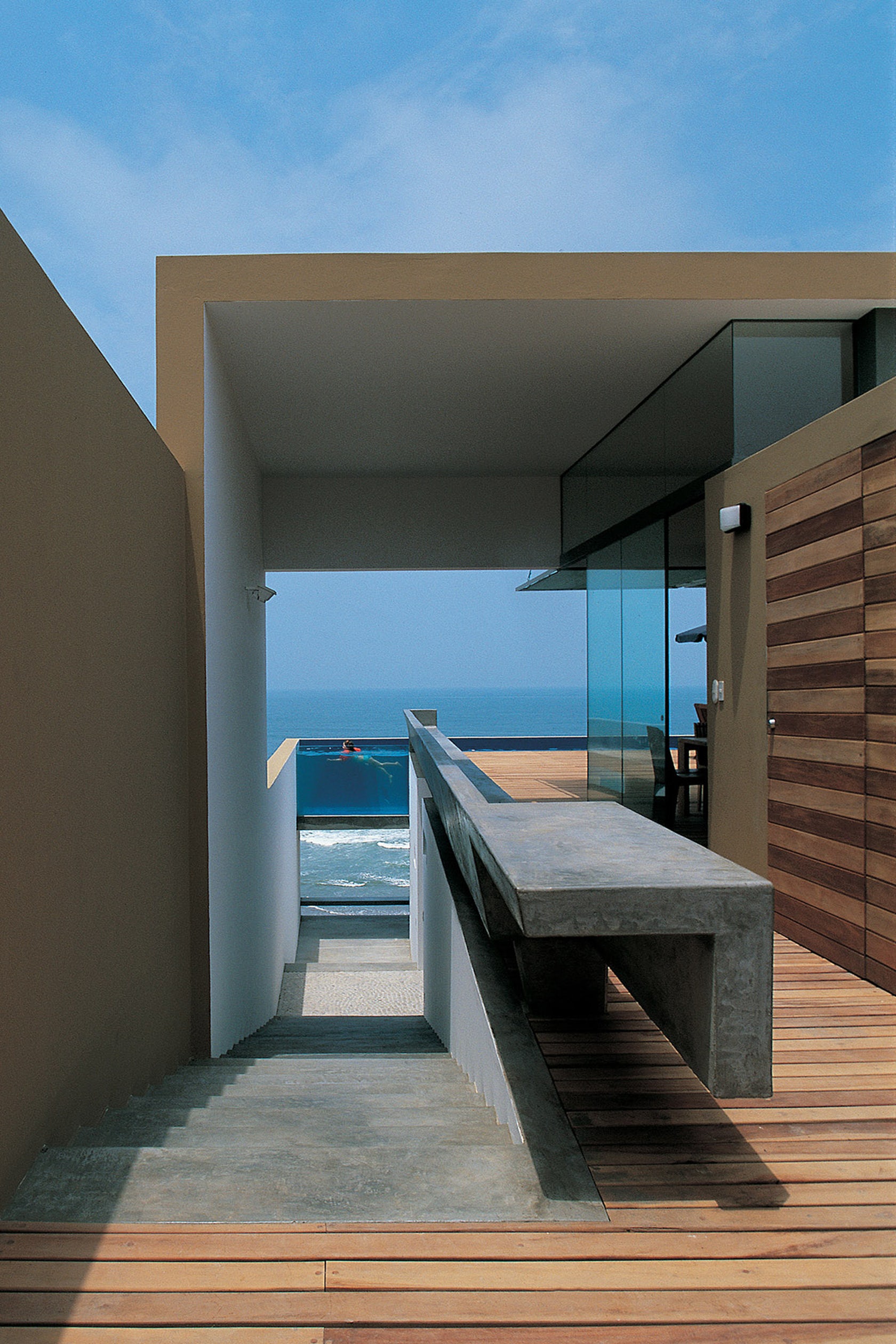
NLL.- How did the trip to Europe and the return to your home site influence? What tools did you achieve through the contrast of a French discourse versus this new wave of the aesthetics of Latin American scarcity? Do you think there is a more contemporary treatment, probably more universal, of what is understood as a Latin American architectural discourse or a search for local identity?
SB.- The trip is essential; to go out and look with other eyes, after a time, the reality. When you arrive, you are confused. When we arrived to France, we felt a little bit ignorant, they are all erudites because they know about everything. When we studied, no magazines or books arrived to Peru; at that times there was no Internet. Finally, you notice that you have had a few resources in learning. Then we decided to travel, see things, draw and try to understand what we are seeing. Through the trip we built a baggage. With the work experience, we first tried to integrate, understanding how the processes are in France, because we won a contest with a partner. Then we were confronted with the detail, the precision, the industrial.
JPC.- It was worth it. We had to go through a building in aluminium and glass, working with Arup, the best engineers in Europe, developing sophisticated systems. It is part of learning. We returned to our country when the prospect to returning was an option, with the first assignment that was given to us in Perú.
SB.- Yes, it it the Equis house, one of the houses in this little bay, La Escondida.
JPC.- Although were three houses. But the Equis house, with the pool, was the most emblematic.
SB.- We started to see what is relevant, what makes sense to do in that place, with that weather and, well, to start taking out, suddenly, things from the baggage of our trips, but also from our Peruvian baggage.
JPC.- That of course is not born overnight. It is a gradual clarification, where each project helps us to clarify things for the next one.
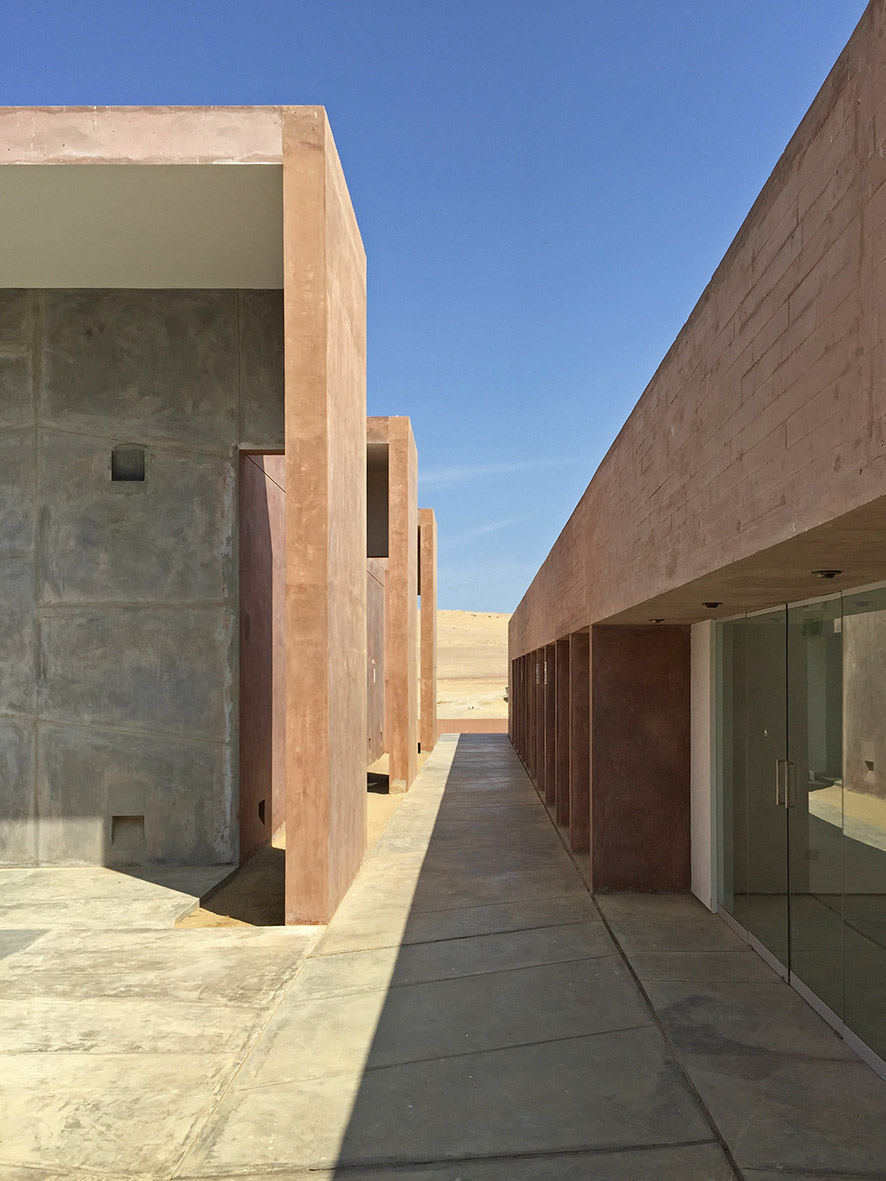
JPC.- I think we could not have done it without being in Europe, definitely.
SB.- When we arrive in Europe, Jean Pierre starts working with Enrique Ciriani. I study with him at the same time. That is our beginning in France, that introduction to the modern space where we spent the first years.
JPC.- The great lesson we had with Ciriani is that the true modern movement’s teachings have not been expired, and that it has a potential in Latin America, because it is the place, par excellence, of what the modern movement wanted to be, its own paradigms: the spatial fluidity, the dissolution between the interior and the exterior. In Europe it is made through technology.
JPC.- We have it for free! We have that as a concern when we started working in Perü. The other thing was the fact that we had to work far away. So we had to establish some strategies. If we wanted to be loyal to the modern movement’s potentiality, which lay down in the space, the spatial fluidity, phenomenal transparency, etc. we could only do that if the building’s strength did not come from the materials or the details, but in a strong and bold interpretation of the weather and the topography. And then, it was a strategy so that, even if the project is poorly built, the building’s strength will be in the space. Therefore, everything has to be directed to the space’s preservation. That is why we say that the permanence is in the space. How do you do that? What is the strategy for that in particular? The answer is that the space is determined by the structure. Because the structure is the only thing that nobody dares to change, because if the engineer’s drawing is changed by a worker, it is demolished and re-make. But, if the architect’s drawing is changed by a worker, it remains. So, the only option is that the structure defines the space. That is how the space becomes permanent.
JPC.- We consider that our architecture is not Peruvian architecture. It is modern architecture in Perú. Afterwards, you can identify that as Peruvian, great, we love it, but we will never pretend it.
JPC.- It is hard to give recipes. Speaking about what happens in Ecuador and this aesthetic that has been generated, I think there is the problem, in generating an aesthetic. There is much misunderstanding between the work done as architecture and the discourse. The discourse can be very perverse, it can be misunderstood. I have seen ecuadorian offices with completely genuine projects. The problem is the discourse that accompanies what they do, when it is translated into a aesthetic and therefore into identity. There is where it becomes a disaster. I do not want to delegitimize this kind of approach to architecture, it is perfectly legitimate, and each one addresses the architecture’s problems from his point of view. The important is do it well. There are some architects who makes the same but badly. To say that this is Ecuadorian architecture or trying to sell it as Ecuadorian is certainly wrong because it delegitimizes all the other work of the other architecture fields where you can find people who are working, not in small houses, but in other complex programs. That is why I am pleased that the Government Platform (Southern Quito) has won award at the Biennial, because today we are in a moment where in Ecuador that is not architecture, or at least, it is not considered architecture.
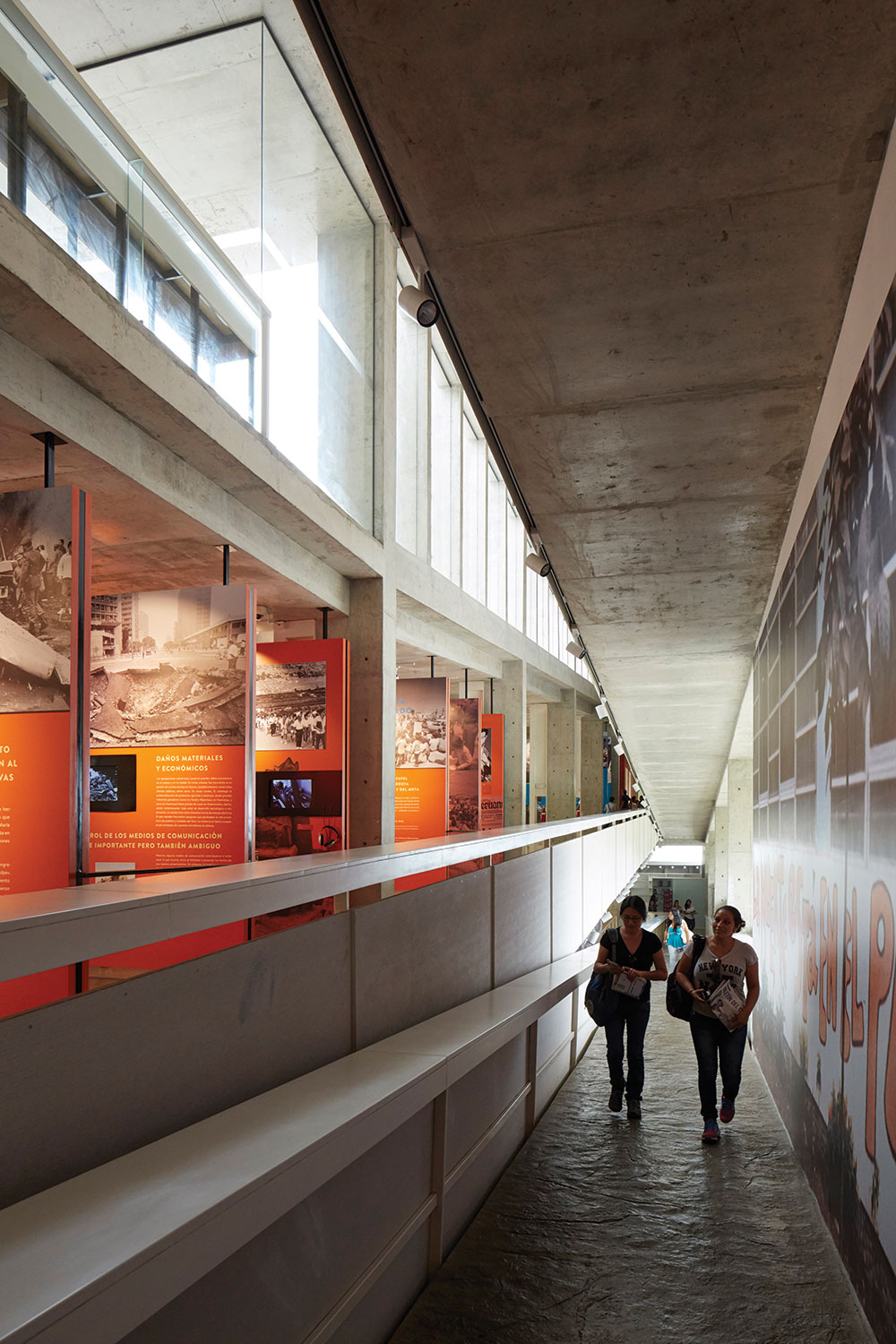
VR.- Exactly, about this topic will be published soon in METALOCUS a conversation I had with Fredy Massad. We make a review about the background of certain local discourses, and how these are inscribed in the global architectural culture. In Ecuador the architecture and the infrastructure were a very strong tool of the government in the last decade, changing the territory on an impressive and parallel questionable scale. In spite of its incidence, another architecture is disseminated and discussed. Additionally, there is the problem that only one type of Ecuadorian architecture is internationally visible, the one that is in the social networks of easy and massive consumption. The most well-known architects are not necessarily the best professionals, but those who best manage the networks.
NLL.- I would like to talk about the “Place of memory” and the weight that the name of a building causes as a social tool. Here (in Ecuador) the grandiloquent or governmental architecture tries to create a new memory. Then architecture has the risk of becoming a tool behind a political process, which seeks to give a message to believe in something fictitious, creating paradoxes on the role of a building that supports a "memory", normally relying on a certain spectacularity. Can a good project become a "place of false memory"?
SB.- It can always happen.
JPC.- The luck of keeping a memory, because it could have happened, is the project was made in spite of government.
VR.- While it is important to insert the discipline in the cultural debate, in principle I believe that the first thing is to do architecture. I can intuit that even though you could integrate a political discourse and a cultural debate or even, ideological implications, you are fundamentally make architecture, or am I wrong? How much do you integrate political discourse in you practice?
SB.- Yes, we are dedicated to architecture, what we know how to do is architecture, but we have a political vision.
JPC.- Architecture perhaps conveys a political vision, in general, as always, but if you start by saying "how do I make an architecture that has a political position?" You are sentenced. You can not start or end up there, because you do not do architecture anymore. If afterwards it is identified with a political position, and this building transforms the way of understanding society and that there is a political position that emerges from that building, it is perfect, it is not negative. The problem is when one does not start by solving the problem of architecture. One has to do architecture, then you can understand it as a political position.

NLL.- In Peru, that debate also opens up?
JPC.- No, the political question does not. We have a State very different from the Ecuadorian one, it is an absent State ...
SB.- That doesn't do projects
JPC.- ... that does not do anything. In Peru, to begin with, what the State does, is not done by architects; the construction companies do. Architecture competitions are prohibited. Now we are trying to change that. The State is a problem; it does not care about architecture, he does not even use it ...
SB.- It misses that opportunity
VR.- What do you think about the awards in this edition of the Biennial?
JPC.- Regarding the prizes, I think it's a matter of inertia. It means that, not because the current biennial has changed its position, it changes everything in two months. This is a process that will take years to find a center again, which does not mean that this biennial represents a failure because the winners are far from their proposal. On the contrary, it seems to me that it is necessary that whenever there are deviations, to make an effort to rediscover a disciplinary centrality. In Peru I do not know if Ecuadorian influence comes with force, in some way Peruvian society is much more traditional than the Ecuadorian, so, examples of houses like those that are rewarded in Ecuador simply do not exist. But those are circumstances. The truth is that we have to avoid this branding of the underdeveloped identity, because it is nothing more than a vision from underdevelopment.
SB.- Of course, and what happens in Peru is that these private clients that are in the provinces, what they want is the building with mirror glass, so they feel that there are resources, and that they are already coming out of underdevelopment.
VR.- I think your comment is fundamental because in this wave of the use of resources the attention to detail, prolixity and permanence, inherent in an architectural work, regardless of the level of resources, has been sacrificed. I am concerned that outwardly there is a unique vision of what is produced in Ecuador because here several architects promote prolixity and attention to detail in constructive processes without wanting to validate an aesthetic, but as a professional duty.
SB.- Of course! The client wants it to be well done, that there is quality. In the end, quality first and foremost, regardless of what it will cost.
JPC.- It is in those processes where the identity issue can finally be generated, because they are inescapable processes. If something can generate identity is the way of doing, which is common, but if that becomes aesthetic we are dead.
____________________________
Sandra Barclay and Jean Pierre Crousse demonstrate with work and word the universality of spatial value and sensitivity with context, inherent to good architecture, independently of any demagogic discourse. In our talk they were able to respond naturally and precisely to issues that are usually conflicting in conversations about our profession. We appreciate their time and their contributions to the clarification of this debate. (3)
(2) Conversation with Jean Pierre Crousse and Takaharu Tezuka at the Faculty of Architecture of International SEK University, Quito. November 22th, 2018.
(3) We appreciate the collaboration of the students Gabriela Hinojosa (International SEK University ) and Christian Silva (Central University of Ecuador) in the transcription and translation of this conversation.







